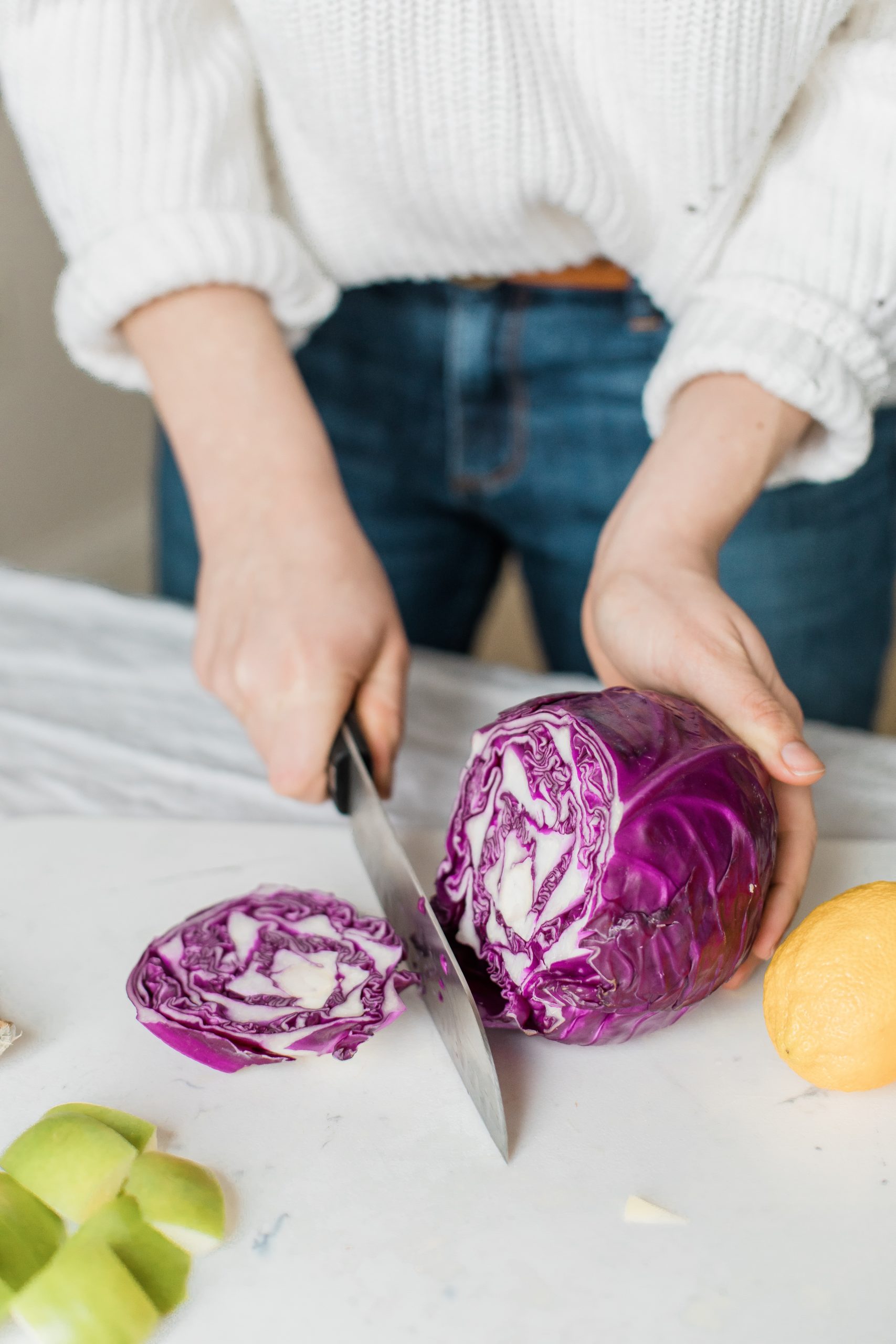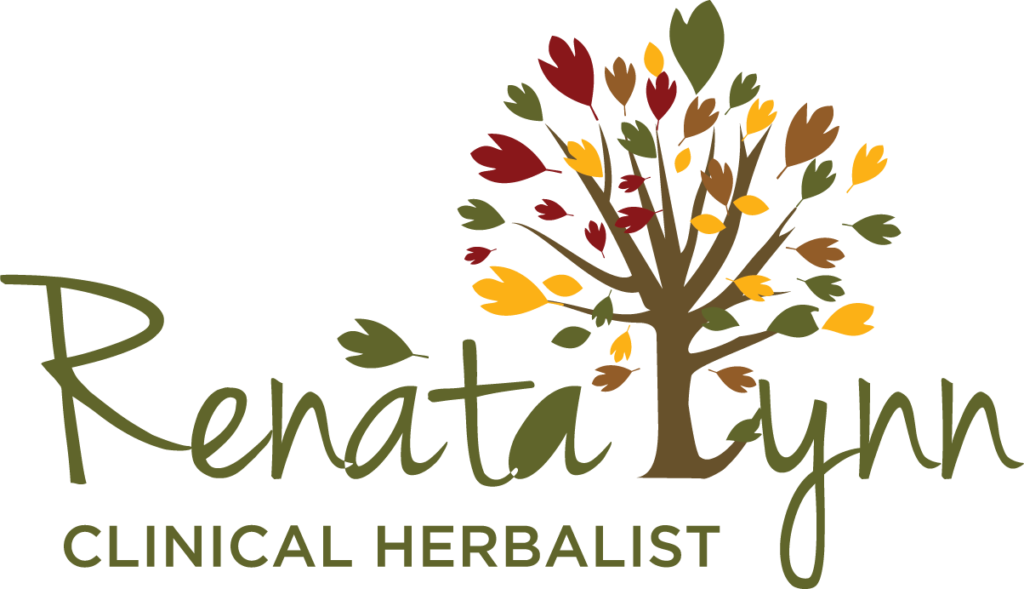Holistic Help for Uterine Fibroids

Uterine fibroids affect a lot of women, estimates range from 50 to 80% depending on life stage and other demographic factors. Medical treatments can relieve symptoms and reduce fibroid size, but they have concerning side effects, including bone loss, and are generally recommended only for short term use or to reduce fibroid size before surgery. Surgical options may endanger fertility and are indicated for women past childbearing age who experience severe symptoms.
There are several factors that can potentially come together to influence the development and progression of uterine fibroids. These include:
- Genetics
- Inflammation
- Oxidative stress
- Estrogen/progesterone balance
- Exposure to xenoestrogens like bisphenols, polychlorinated biphenyls (PCBs), phthalates, and others
- Cardiometabolic risk factors like elevated insulin and obesity
A holistic or integrative approach will include an evaluation of environmental factors, optimization of diet, herbal protocols, and possibly other therapeutic modalities like acupuncture, and should address all the factors listed above.
Environment
Xenoestrogens are ubiquitous in modern life. They’re in the plastics, household cleaners, toiletries, cosmetics, and more. You’ll want to evaluate your environment for the presence of xenoestrogens and do your best to eliminate them. You can find help in this guide from Natural Resources Defense Council and this one from The Guardian. You can find more information about xenoestrogens in general in this overview from ScienceDirect
Nutrition
Vitamin D
Vitamin D has well established anti-inflammatory and anti-fibrotic activities. There is an association between vitamin D deficiency and uterine fibroids, and recent research suggest that vitamin D inhibits the expression of certain inflammatory mediators, enzymes, genes, and cell receptors that are involved in the growth of fibroid cells. There are some promising clinical trials in which treatment with vitamin D either slowed progression of fibroid growth or decreased fibroid volume. (Ciebiera et al., 2020) So maintaining optimal levels of vitamin D is an important part of a holistic approach.
The best way to ensure adequate vitamin D is sunlight exposure; It is worthwhile to have your physician test your vitamin D levels and they may recommend supplementation. You can learn more about optimal vitamin D levels and supplementation in this very thorough article by Chris Kresser of the California Center for Functional Medicine.
Anti-inflammatories and antioxidants
Like many disease processes inflammation and oxidative stress play an important role in fibroid growth and development. The good news is that we can get loads of anti-inflammatories and antioxidants in our food. Eat a whole food diet rich in fresh fruits and vegetables (they can be cooked, when appropriate. Just make sure you’re starting out with whole, fresh food). Try to eat two or more servings with every meal and get a variety of colors each day.
Culinary herbs are loaded with anti-inflammatory and antioxidant compounds so incorporate them into your diet generously. Check out the informative and beautifully illustrated Spice Apothecary by Bevin Clare for more info about the health benefits of herbs and spices, and some practical ideas on incorporating them into your daily routine.
Crucifers and fiber
Cruciferous vegetables like broccoli, kale and cabbage stimulate our natural detoxification and elimination processes, and in doing so they facilitate the metabolism and elimination of hormones which will help improve estrogen/progesterone balance. Soluble fiber, like the type found in oats and flax seeds, increases levels of a protein called sex hormone binding globulin, or SHBG, which binds excess estrogen, making it inactive.
Herbal Protocols
Here I will outline the goals of an herbal protocol for uterine fibroids and while I can offer some examples of herbs that could help accomplish those goals, this is not a suggestion for a specific formula. I recommend consulting a qualified herbalist for guidance.
Goals of western herbal protocol for uterine fibroids:
Promote healthy estrogen/progesterone balance. Excess estrogen seems to be the driving factor under which the other factors come together to contribute to fibroid development and growth. Examples of herbs that might be considered include chaste tree (Vitex agnus-castus), white peony (Paeonia lactiflora) and black cohosh (Actea racemosa).
Improve metabolism and elimination of hormones. This contributes to healthy hormone balance. Examples of herbs include dandelion root (Taraxacum officinale) and Schisandra (Schisandra sinensis).
Improve uterine tone and reduce heavy menstrual bleeding (if present). Uterine tonics like raspberry leaf (Rubus idaeus) and motherwort (Leonorus cardiaca), and uterine astringents like Yarrow (Achillea millefoleum) or lady’s mantle (Alchemilla vulgaris) are classic examples.
Improve pelvic circulation. Cinnamon (Cinnamomum spp.) is a classic herb for encouraging healthy pelvic circulation.
While the mechanism of action is not fully understood, there is a history of topical use of castor oil packs for a variety of ailments in many healing traditions, and they are typically part of a holistic protocol for uterine fibroids. This, along with dietary changes, is something you can get started on right away and should be applied 3 -4 times per week. Instructions can be found here in this article from Banyan Botanicals.
Since fibroids are a complex condition and there are many herbs that could serve each of the functions mentioned above, and choice of specific herbs and effective combinations depend on your unique circumstances, I encourage you to work with a qualified herbalist to help you sort through contributing influences and design the right herbal protocol for you.
For guidelines on finding and choosing a qualified herbalist check out this post.
Hope this Helps!
References
Romm, Aviva Jill. (2018) Botanical Medicine for Women’s Health 2nd Edition: Elsevier, Inc
Bone, K., & Mills, S. (2013). 1—Herbal therapeutic systems. In Principles and Practice of Phytotherapy (Second Edition). Churchill Livingstone.
Trickey, R. (2011). Women, Hormones and the Menstrual Cycle. Trickey Enterprises (Victoria) Pty, Limited.
Ciebiera, M., Ali, M., Prince, L., Jackson-Bey, T., Atabiekov, I., Zgliczyński, S., & Al-Hendy, A. (2020). The Evolving Role of Natural Compounds in the Medical Treatment of Uterine Fibroids. Journal of Clinical Medicine, 9(5). https://doi.org/10.3390/jcm9051479
